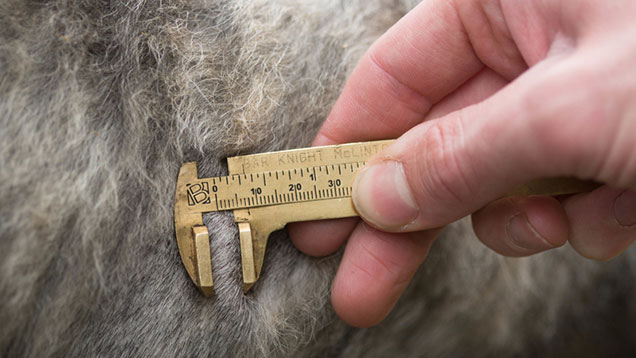NFU and Defra reject badger cull computer study
 © Tim Scrivener
© Tim Scrivener The NFU and the government have raised doubts over research claiming that just testing cattle without culling badgers could eradicate bovine TB.
Research published by Queen Mary University of London (QMUL) stated “regular and frequent testing of cattle could eventually lead to the eradication of the disease (bovine TB), whether or not badgers were culled”.
Housing cattle in large sheds over winter could also potentially double the number of infected animals in a herd, the study claimed, as under such conditions there is a “greater chance of TB being passed between cows”.
See also: Badger cull can reduce bovine TB, says vet chief
For the study, researchers used a computer simulation to test a region containing 1.5 million cows, of which 3,000 to 15,000 might have TB.
They said badger culling could account for a reduction of 12 in the number of infected cattle, while monthly cattle testing reduced the number of those infected by 193.
Matthew Evans, professor of ecology at QMUL, said: “Our modeling provides compelling evidence, for those charged with controlling bovine TB, that investment in increasing the frequency of cattle testing is far more effective than badger culling.”
However, the NFU said the computer simulation did not reflect the experience of most farmers.
A union spokesman said: “Its conclusions fly in the face of the experiences of most farmers who say that the biggest risk to their cattle isn’t being housed in winter but when they are turned out into the fields in the spring.
“Anecdotally, we’ve been told by farmers in the Somerset cull zone that there has been a huge reduction in the number of herds under TB restriction since culling started in 2013, from 34% to 11%.
“While we wait for the scientific evidence to come in future years, for farmers in the area this is evidence that culling badgers is working and is helping them tackle this disease.
“Cattle in high risk TB areas are tested at least annually and herds placed under restriction have to pass two consecutive TB tests 60 days apart. Testing any more frequently than that would simply not be practical.”
“It’s clear that there is no single measure that will on its own achieve control of TB.” Defra spokesman
A Defra spokesman said: “It’s clear that there is no single measure that will on its own achieve control of TB.
“That is why we are pursuing a comprehensive strategy to tackle bovine TB, which includes regular cattle testing, tighter cattle movement controls, vaccinations and culling in areas where the disease is widespread.”
The government is pursuing a four-year pilot cull of badgers in Somerset and Gloucestershire, as part of a comprehensive package of measures aimed at eradicating TB.
In Wales, no badgers are being culled and the emphasis is being placed on tougher cattle controls and annual testing. This has cut the number of cattle slaughtered due to TB by 50%, with the numbers falling from 11,671 in 2009 to 6,102 in 2013.
Commenting on the study, Dominic Dyer, from the Badger Trust and Care for the Wild, said: “This research is large-scale, objective, and takes into full account the possibility of badgers being responsible for bovine TB infections in cattle – yet still it concludes that the answer to beating this disease is to focus on the cattle.
“This is the message we at Care for the Wild and the Badger Trust, and many others, have been hammering home over the last couple of years, so maybe now the government will feel the need to actually listen.
“The role badgers play in spreading this disease has been massively exaggerated, and the impact of culling them has been completely misunderstood.”
